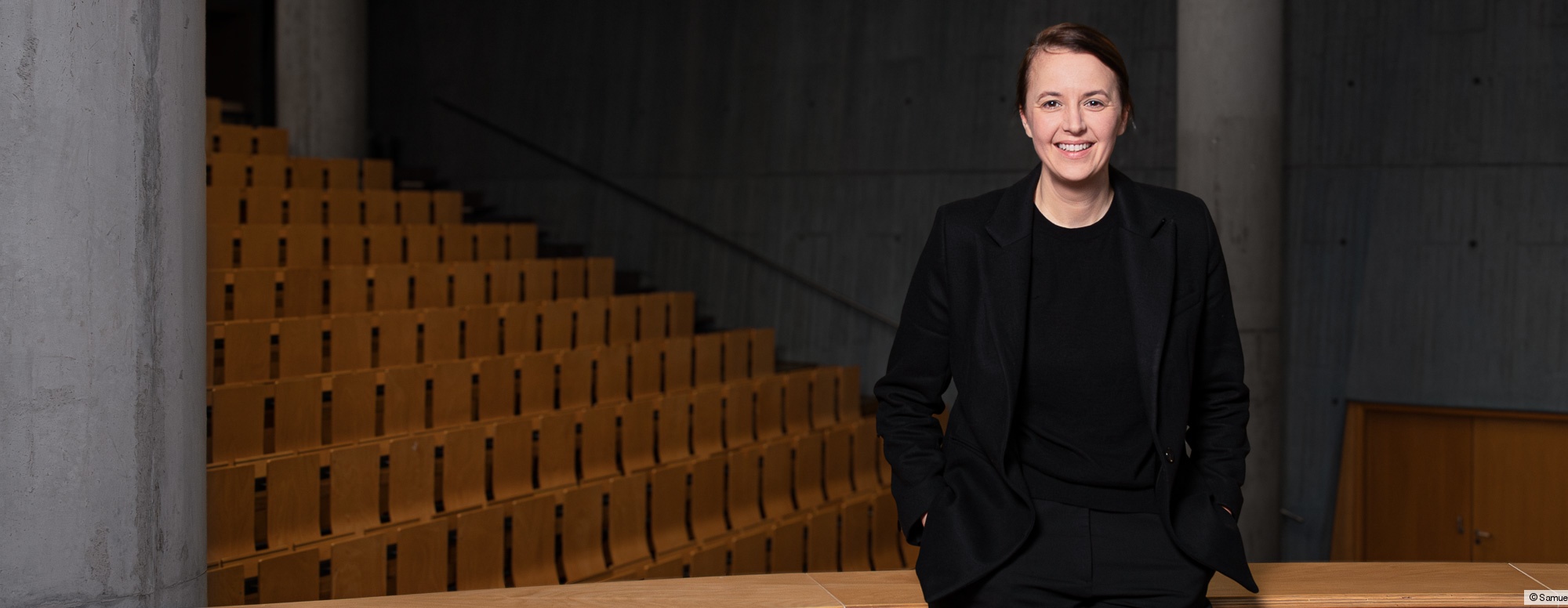Cities and municipalities are increasingly demanding that new and existing buildings be greened. Planted facades can significantly reduce summer temperatures, improve the ambient climate, reduce noise and promote biodiversity. At the same time, plants bind dust particles and CO2 while producing oxygen, thereby improving air quality.
High demands on green facades
Builders and operators, on the other hand, have high demands on green facades: They want a consistent appearance with as little interruption as possible. To ensure this, green facade systems must be manufactured, maintained and maintained at great expense. At the same time, they mean additional weight for the building and require complex building technology. It is therefore crucial to develop robust, long-lasting and easy-care green facade systems that weigh little, have a convincing appearance, are easy to install and impress with extensive irrigation technology.
Textile solution
In her work, Johanna Beuscher would like to develop an integrated textile green facade system based on multi-layer, sandwich-like textile structures. Their goal is to develop a textile, lightweight, prefabricated and pre-cultivated green facade that integrates all the necessary functions and shows the possibilities of textile design and technical functionalization in the field of construction.
Practice Partner
“We see the collaborative doctoral program as a significant gain for the combination of future-oriented, scientific work and practical design. This means we live innovations in the exchange between universities and business. We also hope that this progressive concept will provide impetus for securing young talent – with a view to our planned state-of-the-art Innovation Campus at the headquarters in Stühlingen.”
Dr. Sébastien Garnier, Head of R&D Sto Group


